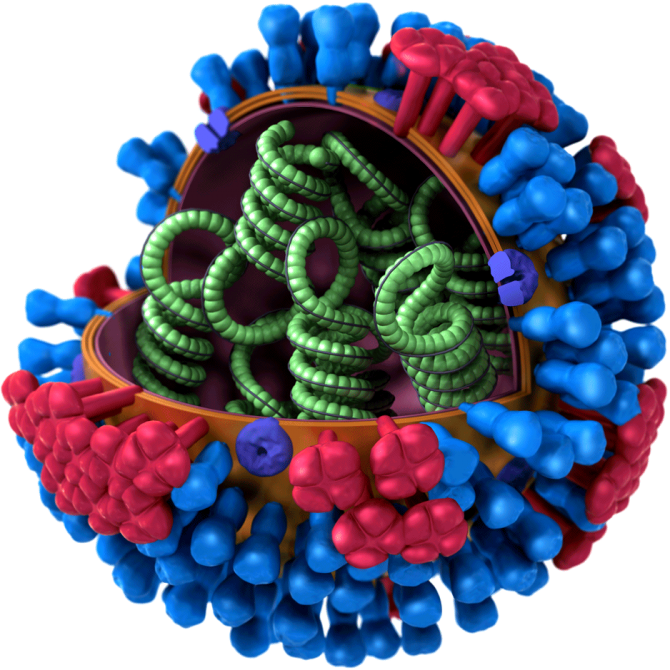Details of the Second Controversial Mutant Bird Flu Study Finally Published: Pandemic Can Easily Evolve

The second of the two controversial bird flu studies once considered too risky to publish in fears that they would trigger a potentially devastating global influenza epidemic was published Thursday.
The study describes how scientists created H5N1 virus strains that could become capable of airborne transmission between mammals. Scientists said that the findings, which had been censored for half a year, could help them detect dangerous virus strains in nature.
"It's our hope that tomorrow's publication will help to make the world safer, particularly by stimulating many more scientists and policymakers to focus on preparing defenses," Bruce Alberts, editor-in-chief of the journal Science, where the latest influenza study is published, said during a press conference Wednesday.
Bird flu, or the H5N1 avian flu, can spread among birds and be transmitted from birds to humans, but cannot be transmitted from humans to humans.
People usually become infected when they've had direct contact from infected poultry, and while the rarely infects humans, it can be lethal.
However, the latest study conducted at Ron Fouchier’s lab at the Erasmus Medical Center in the Netherlands revealed that with just as little as five mutations, the H5N1 ‘bird flu’ virus could evolve to spread via airborne droplets between ferrets, the best animal model for predicting whether the virus is capable to spread among humans.
The first of the flu studies had been published by the journal Nature in May. Researcher Yoshihiro Kawaoka at the University of Wisconsin–Madison involved a hybrid virus with genes from both H5N1 and H1N1 swine flu virus behind the 2009 pandemic, whereas the most recent study involves a mutant virus that contains only H5N1 genes.
Both of the mutant viruses created by the two groups of scientists were capable of being transmitted through air among ferrets, but none of the animals had died from those infections.
The papers were highly controversial and last December U.S. officials, acting on the advice of a U.S. National Science Advisory Board for Biosecurity asked the researchers and the journals Nature and Science not to publish the details of the work, specifically the genetic mutations used to make the mutant strains.
The board feared full disclosure of the two papers could help bioterrorists make a highly contagious form of the virus that no one is immune against, possibly triggering potential danger of "unusually high magnitude," to the public.
Many scientists criticized the board’s recommendation and said that it was an attempt for government to censor scientific discourse and stifle advancement.
However, in April the board said that it supported publishing a revised edition of the manuscript after it concluded that publishing the studies about the mutations would help guard against a pandemic and that it would be unlikely that the scientific data could pose any immediate terrorism threat.
Later, the government agreed to allow the publication of the papers.
The benefit of sharing the data among researchers "far outweighs the risk," Dr. Anthony Fauci, director of the National institute of Allergy and Infectious Diseases, said Wednesday.
Two of the mutations revealed in the recent study are already frequently seen in strains of the virus, and the other three identified mutations can arise during infection of people or other mammals, but the likelihood of the mutations happening is still unclear.
Researcher Derek Smith of Cambridge University and the Erasmus center compared that the odds of the scientists correctly determining the likelihood of an H5N1 human pandemic to predicting an earthquake, and said that it was impossible to determine the exact risk.
"We now know that we're living on a fault line," he told reporters at a press conference. "And what we have discovered in this working collaboration with Fouchier and Kawaoka is that it's an active fault line. It really could do something. We've seen no fundamental hurdle to that happening.
"We know it is in the realms of possibility ... and what needs to be done now is to assess the risk more accurately," he said.
Published by Medicaldaily.com



























